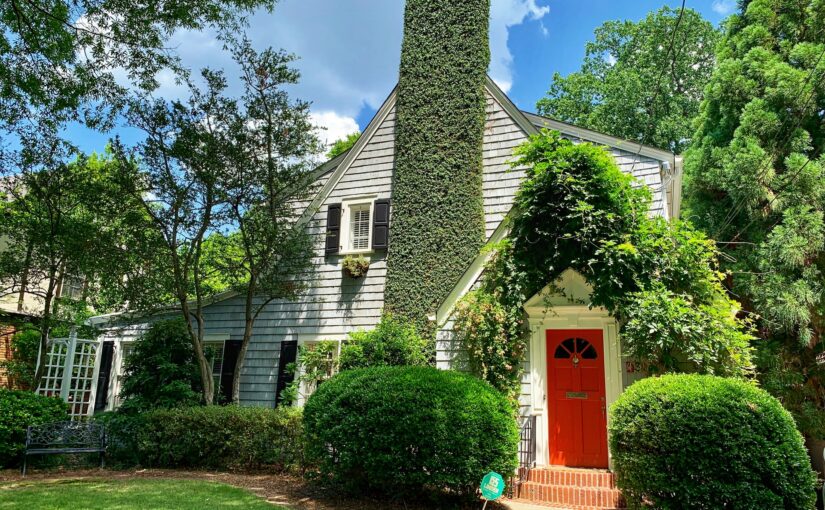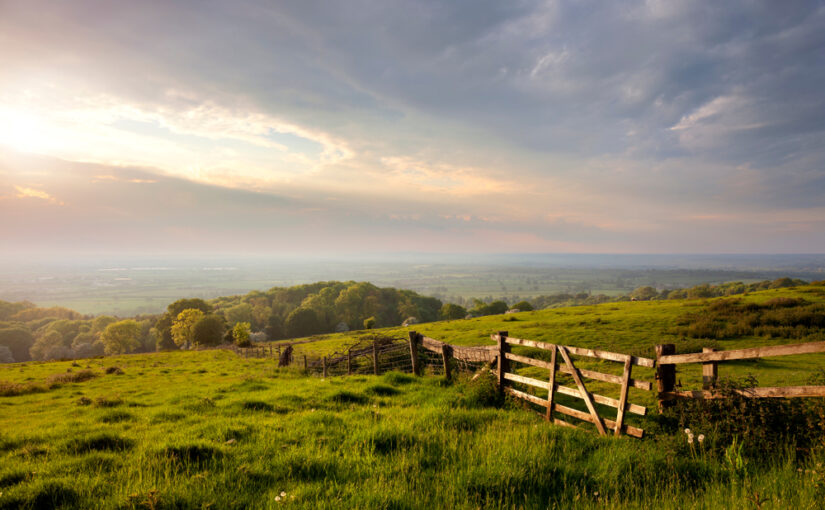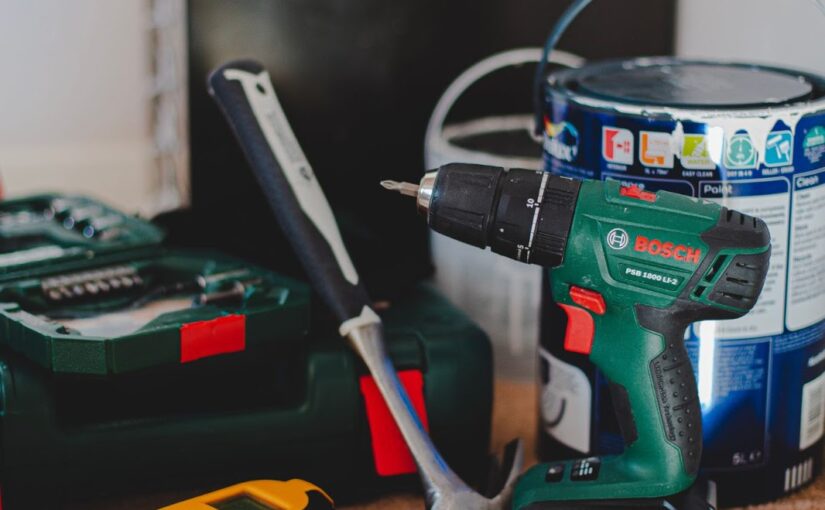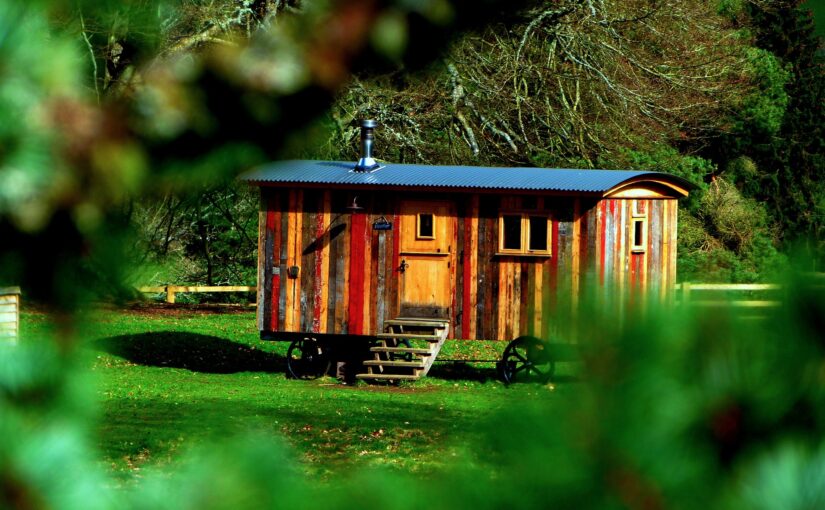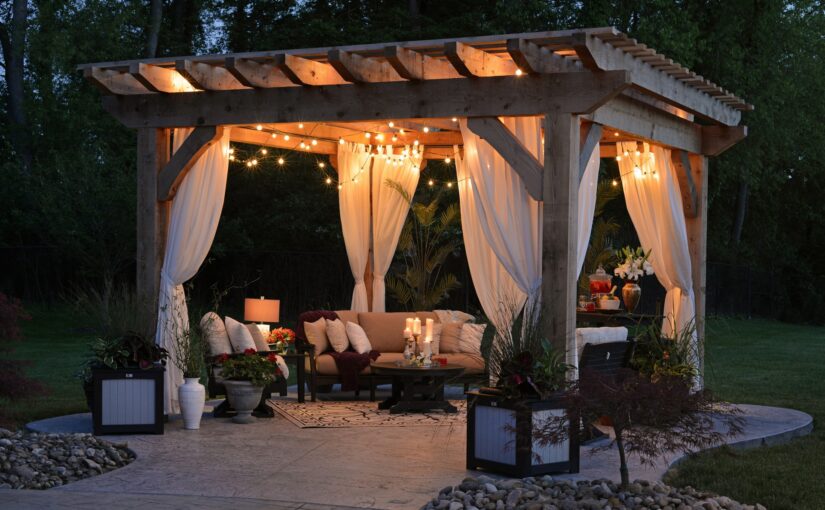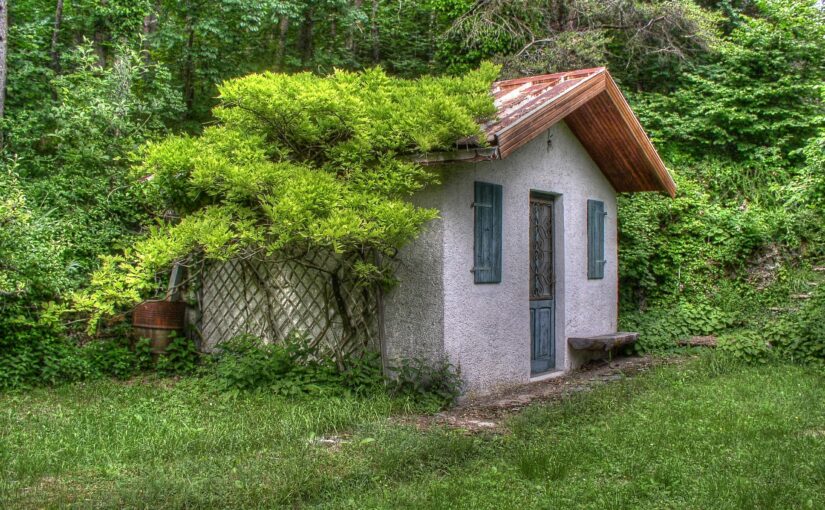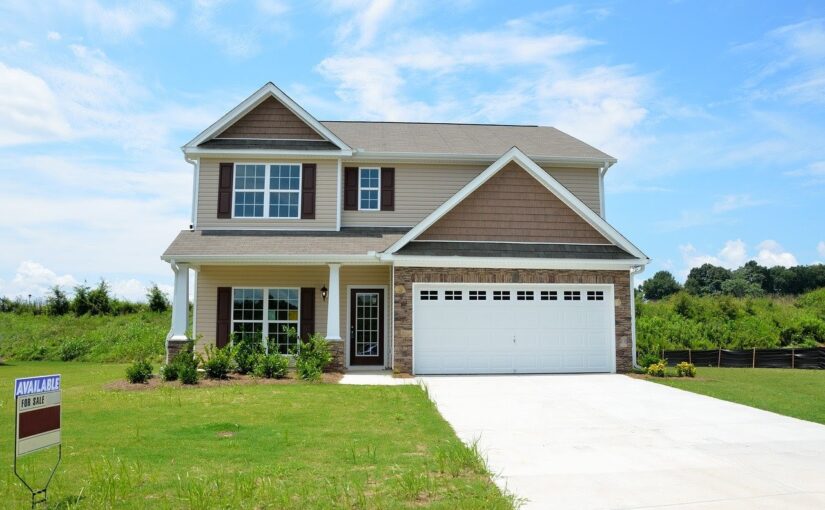Most American households spend a lot of money trying to keep their houses cool. Depending on the state, the average household in America spends between $300 to $600 on cooling every year. Apart from installing a new and efficient air conditioner, there are several simple ways of dealing with extensive heat in your house. And most of these solutions do not require huge investments. When you are looking for solutions to deal with extensive heat in your house, you should consider the demands posed by your property, loved ones, and the climate. If it’s the daytime or summer heat that you want to beat, don’t invest huge amounts of money without learning about these simple ways to deal with heat.
1. Check your vents
When organizing furniture in your house, you need to look at your vents. In most households, furniture is usually bulky and cumbersome to move around. However, investing in light quality furniture will minimize the space used and make it easier for you to access the vents. Apart from furniture, you should avoid blocking your vents with decoration or design items that restrict or prevent airflow. Once you’ve ensured that everything is out of the way, form the habit of cleaning them regularly to improve the movement of air. Heating and cooling systems have air filters that need to be changed regularly. Heating and cooling your home can be quite expensive. But you can easily deal with extensive heat in your house by cleaning the vents.
2. Invest in darkened windows
To save money and deal with excessive heat in your house, you need to make small improvements that reduce heat transfer without requiring more energy. For instance, dark tinted windows block the sun’s rays. While the sun and heat can be beneficial in other seasons, ultraviolet light can cause sunburns and harm peoples’ lives. Darkened windows help in blocking a significant amount of heat while allowing the homeowner to enjoy the view. Some of these windows have a darkened film and a scratch-resistant coat. Manufacturers include a set of additives on these windows to absorb the harmful rays of the sun. Others use ceramics to reflect light. Window films come in different colors and shapes ranging from clear to opaque. Sometimes, they have a metallic look like bronze or stainless steel. Tinted windows are not only energy-efficient but also offer more privacy to your home.
3. Form good habits
Small simple changes can go a long way in making all the difference in your home. When it’s cold in the morning, you should open the curtains to let heat and natural light in. As temperatures rise gradually, you should keep your curtains closed to prevent rooms from heating up too much. You can also consider upgrading your interior by investing in two different curtain sets. The ones with a thicker fabric should be used in the winter. During the summer, switch them to lightweight material.
You can keep the energy bills in line by adjusting the thermostat by a few degrees. Increasing the temperatures by a single degree in the summer and lowering it with the same amount in the winter will help you save on your energy bills. You can use space heaters and fans to enhance temperature in specific areas of your home.
4. Invest in outdoor coverings
The southern side usually warms up quickly in the summer in most areas in America. One of the best ways to cool your home is by using a canopy or awning in these areas. Whether it’s a gazebo on the patio or carports for parking, covering up sections that face the southern side is one of the best ways to lower air conditioning costs. Roller blinds and retractable outdoor awnings will transform your external area by protecting it against shine or rain all while increasing your home’s value. A retractable roof can help in ventilating and insulating your home. You can also consider planting more trees around your house to shade it during the summer. The sun will still shine through the branches to warm up your home. Ensure that you plant trees near the air conditioner to save more costs.
5. Upgrade key fixtures in your house
If you want to go green and reduce your energy bills, you need to implement some conservation arrangements on energy. The difference in temperature between the inside and outside of your house determines the rate of heat loss. It is also influenced by the construction materials. Heat loss occurs when cold air from the outside moves in and warm air from the inside moves out. Most homes lose heat through poorly insulated ceilings and walls, poorly sealed doors, and incorrect heating systems. You need to upgrade your home by correcting as many issues as you can. If your house is poorly sealed, you can end up wasting a lot of money on your automatic conditioner.
6. Avoid cooking indoors
When it’s too hot, you should consider pre-planning your meals so that you are not forced to use the oven in the middle of the day. If you must use the oven, consider cooking your meal after the heat of the day or before noon to avoid excess heat in your house.
7. Invest in ceiling fans
Ceiling fans can be of great help when it comes to dealing with extensive heat in the house. And there is a right way of using your fans. During the hot months, you should blow the fan forward in a counter-clockwise direction to force air down and make you feel cool. During the cold months, you should blow the fans in a clockwise direction for the air to circulate throughout the house. Ceiling fans will work well in sealed houses. Therefore, form the habit of constantly upgrading fixtures in your house.
Conclusion
Dealing with excess heat in the house has never been this easy. Thanks to the rapid advancement of technology, you can easily find the tools that you need to keep your house cool. With these tips, you shouldn’t have a problem achieving this goal.
Author Bio:

Leon Collier is a blogger and academic writer from the UK who works with essay writing service UK and paper writing service. He likes trying new subjects and is always focused on proving his worth as a writer in new and challenging writing areas. His hobbies are reading books and playing tabletop games with his friends. You can reach him via Twitter @LeonCollier12.
Photo by David Veksler on Unsplash
